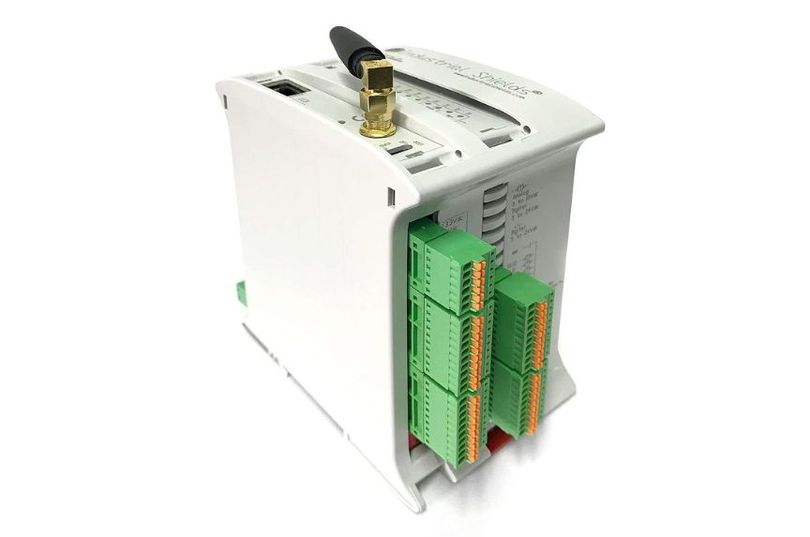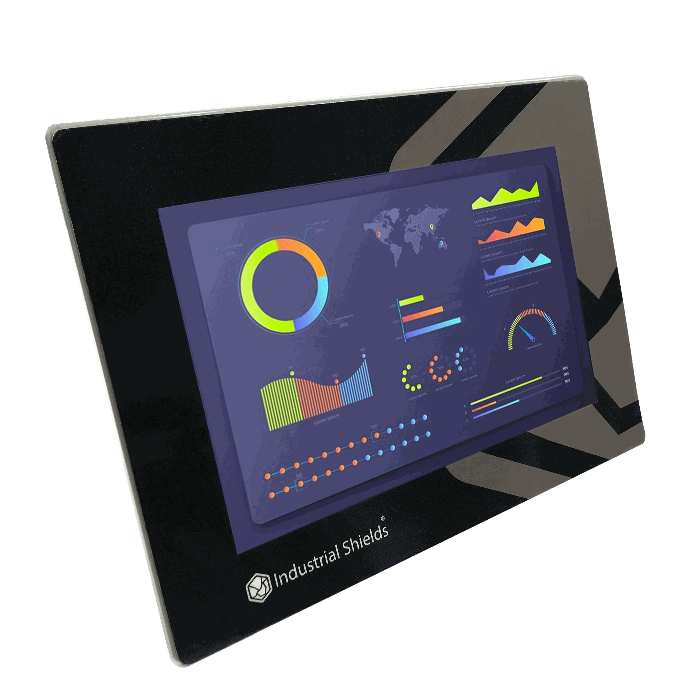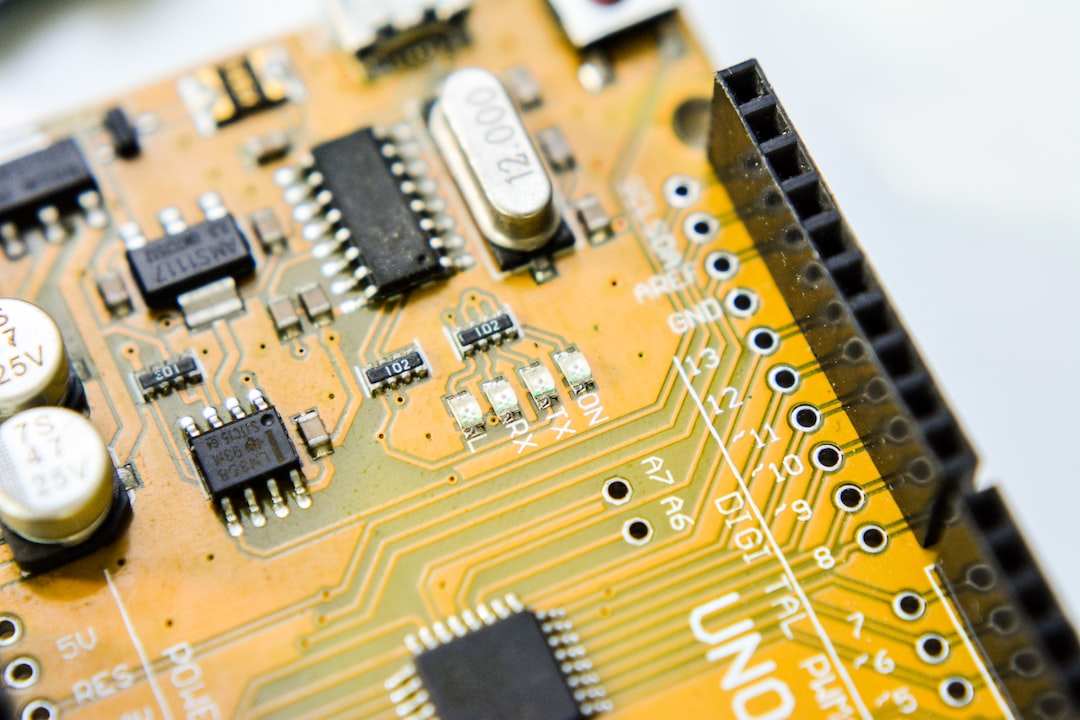From Manual to Automated:
Electronic Board Testing with ESP32 PLC
How to enhance manufacturing efficiency by transforming Quality Control of Electronic Boards
Discover More >>

Quality control of electronic boards with ESP32 PLC industrial controller
A manufacturer of electrical devices such as circuit boards, power supplies and electronic components needs to test a new range of products to validate that they pass different types of tests. Before shipping to customers, the quality standard of the company, customer and market needs to be assured.
Before implementing quality control with ESP32 PLC, the testing process was manual, time consuming and error prone. Furthermore, it was not a scalable system in view of the expected growth.
Challenge
The company is looking for a solution to automate quality testing and improve the accuracy and efficiency of the process.
To address the problem, an automated testing solution is developed using a programmable logic controller (industrial PLC). This ESP32-based PLC acts in conjunction with a bed of nails to test five new products on an automated workstation. The test is performed at a stage prior to product packaging and at the end of the production process.
The ESP32 PLC is responsible for the movement of the tool within the workstation, and for receiving and verifying the signals returned by the electronic board.

Implementation
The PLC is programmed to control a series of pneumatic cylinders located in the workstation. The cylinders move the fixture holding the electronic board to be tested. They make upward and downward movements in a predefined path, while sensors control the limits of the path to prevent any damage to the boards during the verification process.
By executing these movements, various points on the board come into contact with a bed of nails. These contact points are connected to a series of wires that run back to the PLC, where continuity and resistance of each connection are assessed. Various tests are run to verify the functionality of the board.
The workstation is also equipped with a touch screen interface that allows the user to select the appropriate test parameters and view the test results in real time.
The information is received via the PLC and displayed by Grafana on a 10" Industrial Panel PC.
This interface has a series of menus, buttons and possible actions that are very limited, as most of the process is automatic.
It is designed to be easy to use and configure, so operators need minimal training to use it with confidence.
Result
The automated verification solution using the workstation, nail bed and PLC has proven to be highly effective. The company is now able to meet the growing demand for its new five items, as the quality control process is sufficiently fast and efficient.
In addition, the new testing and quality control process has significantly reduced errors during testing, improving efficiency and minimising testing times. This has allowed the company to verify the expected quantity of products according to the planned production.
The design of the quality control station has already been made with the possibility of expansion in mind.
Two of the main elements, the two conveyor belts, are easily integrated with a distributor that spreads the electronic boards to different test devices within the workstation.
Both the conveyors and the dispenser are connected to sensors and are controlled by the ESP32 PLC.
The number of PLC inputs and outputs means that with one PLC on each workstation, up to four conveyor belts, one distributor, two test fixtures, the inputs/outputs for the bed of nails and the output to the screen for control and management can be managed.
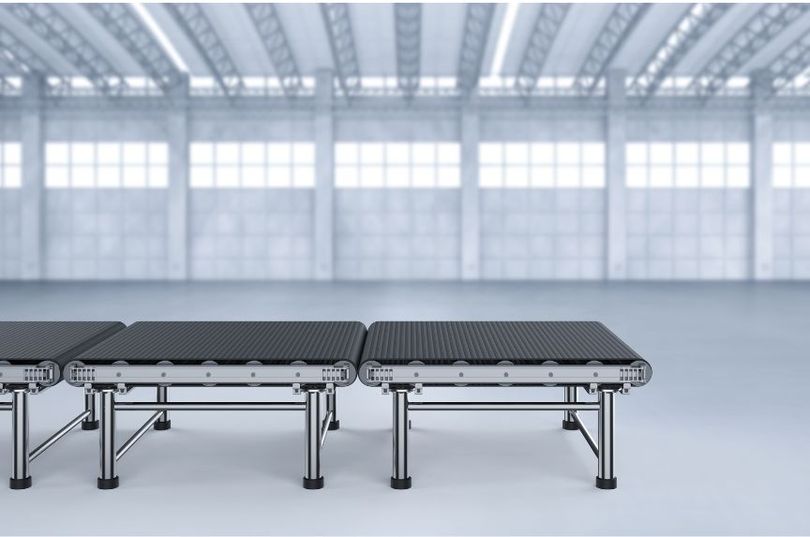
Benefits of implementing an ESP32 PLC for quality control

Efficiency
It improves efficiency by performing the process automatically.

Time
It reduces the time needed to check the quality of the plates.

Quality
It ensures the quality that the product needs for such a demanding market.

Minimizing error
It reduces human error during quality control.

Production
It ensures smooth production by eliminating the bottleneck of quality control.
Why Industrial Shields?
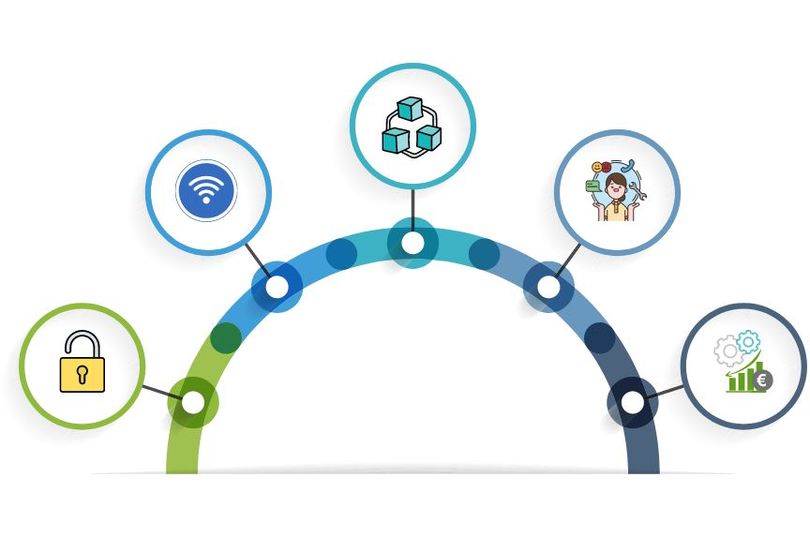
Industrial Shields stands out from its main competitors thanks to the following points:
- Open solution. No licence fees.
- Wireless system with no low power consumption.
- Modular solution: Product specifications can be extended in the future.
- Technical support: From the project definition phase through to commissioning, Industrial Shields has a team of experts to provide support and guidance.
- Equipment designed and manufactured for industrial use at a competitive price.
